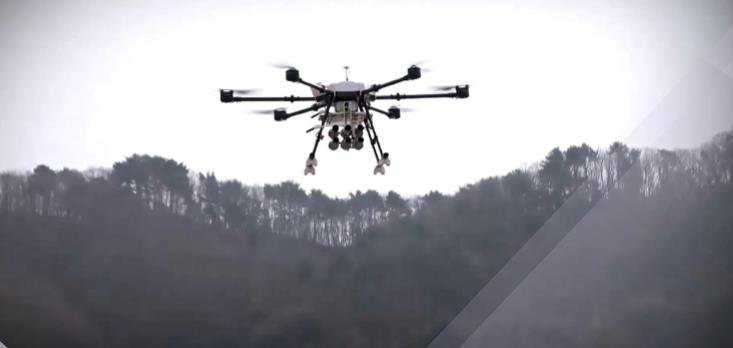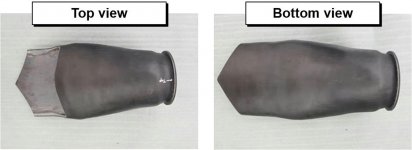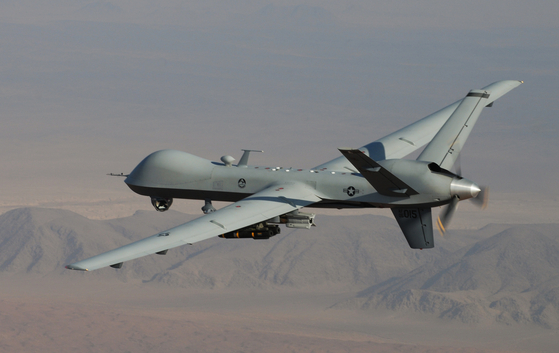I'll try to explain the current state of development of UCAVs in Korea with my poor English.
The Manned-Unmanned Collaborative Combat System (MUM-CCS) Implementation and Countermeasures Seminar, co-hosted by the ADD and Korean Air on February 9, revealed the status of airborne MUM-CCS(In Korea, the term MUM-T( Manned-Unmanned Teaming)is commonly used.) development, including stealth unmanned aerial vehicles, that South Korea plans to realize in the near future (2030s).
KUS-X is a UCAV development program in South Korea, with ADD and Korean Air leading the precedent study and development.
The program appears to have been in the works for quite some time. In 2000, the Defense Innovation Headquarters of the Ministry of National Defense was conducting various policy studies to streamline and futureize limited defense resources and focused on UCAV, and although it was concluded that it was not possible to develop them independently with domestic technology at that time, it was decided to develop Korean-type UCAV from the 2010s onwards while researching and developing related technologies.
The Korean UCAV development plan was later clarified when the Air Force raised the level of 30 to 50 UCAVs for SEAD and CAS missions, and the basic budget for development was confirmed, and the direction was set to accumulate technology in conjunction with the KF-X project while researching flight control techniques, shape design techniques, and RAS for UCAVs under the supervision of ADD.
Called KAORI (Korean pronunciation of stingray) - X, the flying wing drone is a flight test aircraft that ADD refined and optimized from a design that emerged after a competition between Korean Air and KAI. The development period was from 2010 to 2016. The model is scaled down to 1/7.5 of its actual size. The first flight test was successful in 2014, and it is significant that the stealth shape and flight system were tested and verified for the first time in Korea.
Then, from 2016 to 2021, we conducted the KAORI-X 2 project to build a full-scale (15-meter wingspan) ground RCS experimenter. Wideband Microwave absorption structure technology was developed and applied to the airframe, and the target performance was achieved by conducting ground tests with a 6M-class low observable performance verification airframe.
A program is underway to develop low-observable UAV airframe structures in the wideband domain to enable more advanced stealth technologies from 2021 to 2025. ADD and Korean Air are developing a wideband microwave absorber structure by applying the technology acquired from KAORI-X1~2, and will advance the surface current control performance by applying stealth technology to the entire body. The goal is to achieve the target performance by developing a 6M-class performance verification test aircraft.
For KUS-X, a 2D Convergent-Divergent Thrust Vectoring Nozzle will be applied in consideration of stealth performance. From 2022 to 2027, They will develop a high heat-resistant radio wave absorption structure that can be applied to the engine exhaust. To withstand high temperatures, ceramic-based composites will be applied.
2D exhaust nozzle with multiple composite layers for IR signature suppression(Results in Physics, 2020.09
KUS-X's plan is to mass-produce and deploy the airframe by 2035 years after the Full Scale Development.






















